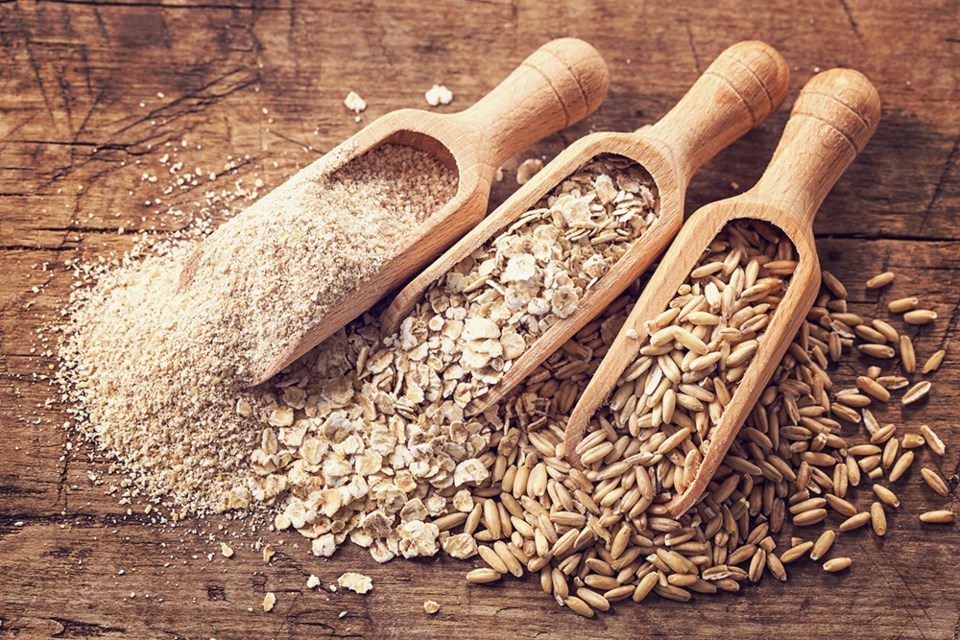Grains have been a staple of the human diet since ancient times, providing essential nutrients and energy. However, not all grains are equal in their health benefits. Refined grains—particularly modern wheat that has been genetically altered—pose significant health concerns, especially when only the starchy component is used, as is common in white flour products. These refined grains are the foundation of many everyday foods such as bread, pasta, pizza, baked goods, and breakfast cereals. While comforting and convenient, these foods often contain gluten, a protein with no essential nutrients. Today, a growing number of people struggle to digest gluten, leading to widespread gluten intolerance and allergies. In some cases, excessive gluten consumption may be linked to serious conditions like Celiac Disease, IBS, Crohn’s, and colitis, all of which involve inflammation of the digestive tract.
Fortunately, there are many nutrient-rich, gluten-free alternatives that offer powerful health benefits. When consumed as whole grains, which include the bran, germ, and endosperm, these healthy options can be prepared like rice or oatmeal, or ground into flour. Grains remain the most widely consumed source of energy around the world, and when chosen wisely, they can promote long-term wellness. Organic, whole grains are rich in antioxidants (which may help prevent cancer), support healthy cholesterol levels, lower blood pressure, help regulate blood sugar, and contribute to weight management. Many grains support an anti-inflammatory diet, aid immune function, and are packed with essential nutrients such as protein, fibre, iron, zinc, copper, magnesium, B-vitamins, selenium, folic acid, and amino acids.
Oats are a personal favourite of mine - they're nutritious, available everywhere, affordable, and already a common part of the North American diet. However, I’m not referring to instant oatmeal packets that are loaded with sugar and artificial flavorings - which I consider junk food. Instead, I use organic whole rolled oats that take a few minutes to cook. They can be added to any baking but my favourite way to eat them is to make oatmeal with homemade apple sauce, chia seeds, hemp hearts, walnuts and cut up fresh apple (and/or banana). For added texture and nutrients, add cooked faro. See a previous article on .
Barley is commonly found in soups, but also a great addition to oatmeal or other dishes. Pot barley is more nutritious than pearl barley as it retains the bran layer, a significant source of fiber and beta-glucan, which is known to help lower cholesterol and blood sugar levels.
Quinoa is very nutritious and considered a complete protein (as it contains all nine essential amino acids required by the body. It is commonly used as a rice replacement but has gained popularity as a hot or cold addition to salads.
Amaranth is also a complete protein and high in fibre. It can be used whole in a hot cereal or popped (heated in a skillet) as a salad topper or a snack.
Buckwheat is also a good source of protein as well as iron. It is mainly consumed as a flour in pancakes or crepes and has a delicious nutty flavour.
Teff is used in breads (as flour) and seeds can be sprinkled on salads or cooked and used like rice or hot cereal. It is gluten-free and low on the glycemic index, making it a good grain choice for diabetics.
Farro is rich in fiber and protein, which can help manage one’s appetite by aiding in feeling fuller, for a longer period. It may also lower risk of obesity by reducing fat and cholesterol absorption. Farro is a recent favourite of mine as it’s nutty, chewy, and hearty. It is used soups, as a rice substitute, in a hot breakfast cereal or in salads. I love to add it to my oatmeal.
Bulgur is and ancient grain that is also high in protein, fibre and vitamins and low in calories. It is a complex carbohydrate and commonly used in the popular tabbouleh salad.
Freekeh is another whole grain that is high in fibre and protein. It is not gluten-free but it can replace rice or quinoa recipes. It has 3 times the amount of fiber and protein than brown rice but has fewer calories. It has a chewy texture and is great for salads or as a side dish.
Wild Rice is a very healthy as it is eaten with the bran attached. It is a good antioxidant and can be eaten alone or mixed with rice - is often found in stuffing.
Millet is an Asian grain also high in fibre, that can be used in porridge, congee and popular in stir fries. Birds love it too.
While these grains are beneficial, I still approach grain consumption with moderation and try to eat ones that are gluten-free and low on the glycemic index. I typically enjoy them as part of a warm breakfast bowl or lightly sprinkled on a midday salad. Countless recipes are available online, or you can invest in a cookbook that highlights creative ways to incorporate these grains into your meals.
If you suffer from gastrointestinal conditions, it’s important to be cautious. Many grains are high in fibre and may not be suitable until your digestive system has healed. Feel free to reach out to me if you’d like a copy of my published articles on gut health.
Wishing you joy in discovering the beauty and nourishment of wholesome grains.
Claire Nielsen is a health coach, author, public speaker and founder of www.elixirforlife.ca. The information provided in the above article is for educational purposes only and is not a substitute for professional health and medical advice. Please consult a doctor, health-care provider or mental health practitioner if you're seeking medical advice, diagnoses and/or treatment.




